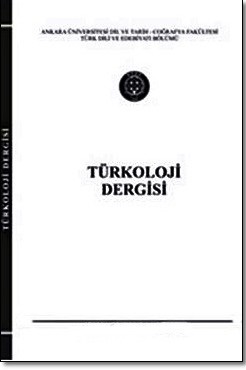Ubeyd-i Zâkânî
14. yüzyılda Fars edebiyatına güçlü hiciv eserleri armağan etmiş olan Ubeyd-i Zâkânî, dinsel gelenek ve hurafelere karşı koymakla kalmayıp müstehcen önerilerde bulunduğu ve galiz bir üslup kullandığı için kendi ülkesinde değeri yeterince bilinmemiştir. Anıtsal bir “Fars Edebiyatı Tarihi” yazmış olan İngiliz müsteşrik E.G. Browne, Ubeyd’i “belki de İran’ın çıkardığı en dikkate değer parodi ve hiciv yazarı” olarak tanımlamıştır. Ubeyd’in en güzel eseri, kaba saba ifadeler kullanmamış olduğu satirik alegorisi “Fare ile Kedi”dir
Anahtar Kelimeler:
Anahtar Sözcükler: Fars Edebiyatı, Alegori, Hiciv, Üslup
Ubeyd-i Zâkânî
Ubeyd-i Zâkânî The importance of Ubeyd-i Zâkânî, who contributed numerous powerful works of satire to Persian literature in the 14th century, has been somewhat overlooked in his native land perhaps due to the rude style he employed in works which not only challenged religious conventions and superstitions but also made obscene propositions. The British Orientalist E.G. Browne, the author of the monumental “History of Persian Literature”, characterized Ubeyd as “perhaps the most remarkable parodist and satirical writer produced by Persia.” Ubeyd’s best work is “The Mouse and the Cat” which makes no use of scurrilous vocabulary
Keywords:
Key Words: Persian Literature, Allegory, Satire, Style,
___
- ARBERRY, A. J. (1958). Classical Persian Literature. Surrey.
- BROWNE, E.G. (1928). Literary History of Persia. Cambridge.
- DR. ZEBÎHULLÂH-I SAFÂ. (2005). İran Edebiyatı Tarihi II. (Çev. Hasan Almaz). Ankara: Nüsha Yayınları.
- KAHSAN, Abbas Aryanpur. (1971). The Story of the Cat and Mice by Obaid Zakani. Tahran: The College of Translation.
- LATA’İF-E OBEYD-E ZAKANİ. (1885). (Yayına hazırlayan: H. Ferte). İstanbul.
- SAMARKANDİ, Dawlatshah. (1958). Tazkirat al-Shuara. (Yayına hazırlayan: Mohammed Abbasi). Tahran.
- ZAKANİ, Obeyd. (1983). The Ethics of the Aristocrats and Other Satirical Works. (Trans. by Hasan Javadi). Foundation for Middle Eastern Boks.
- Başlangıç: 1964
- Yayıncı: Ankara Üniversitesi
Sayıdaki Diğer Makaleler
Köçek tipinin uluslararası kökeni üzerine bir deneme
Halide Edip Adıvar’ın romanlarında toplumsal eleştiri
Diliçi çeviri ve Gençliğe Hitabe
Yüzükoyun / Topuķķoyun / Yüzüķuyun / / Topuķķuyun
Osmanlı ve Rus toplumlarında medeniyet değişmesi: Bihruz’lar ve Oblomov’lar
Nâbî’nin mizahî bir mektup şerhi
